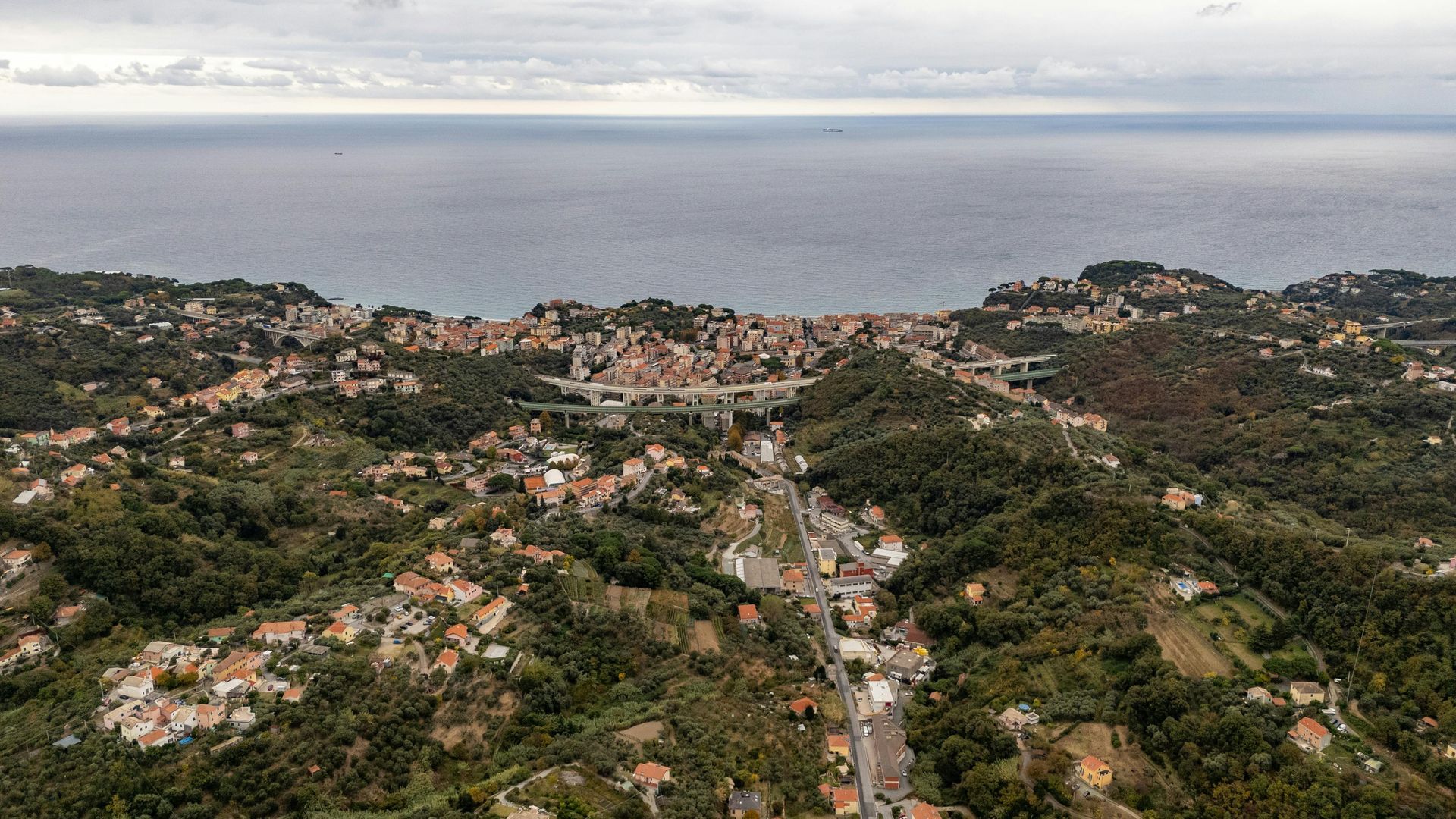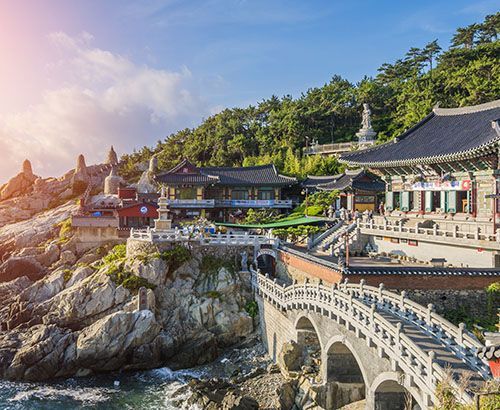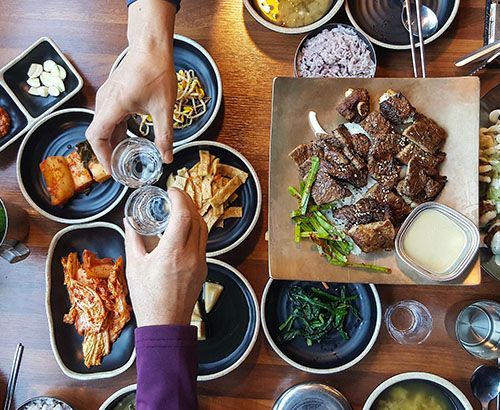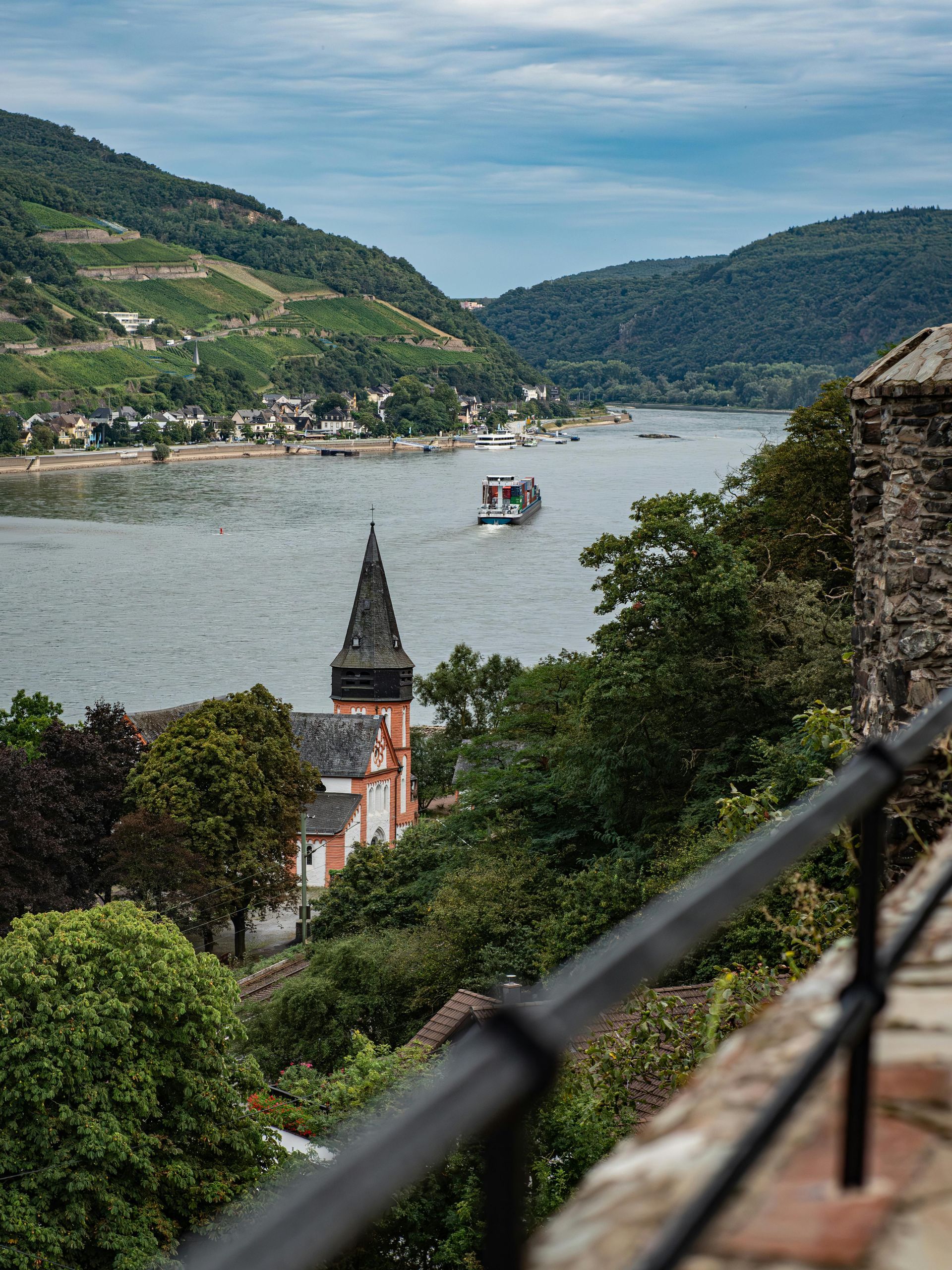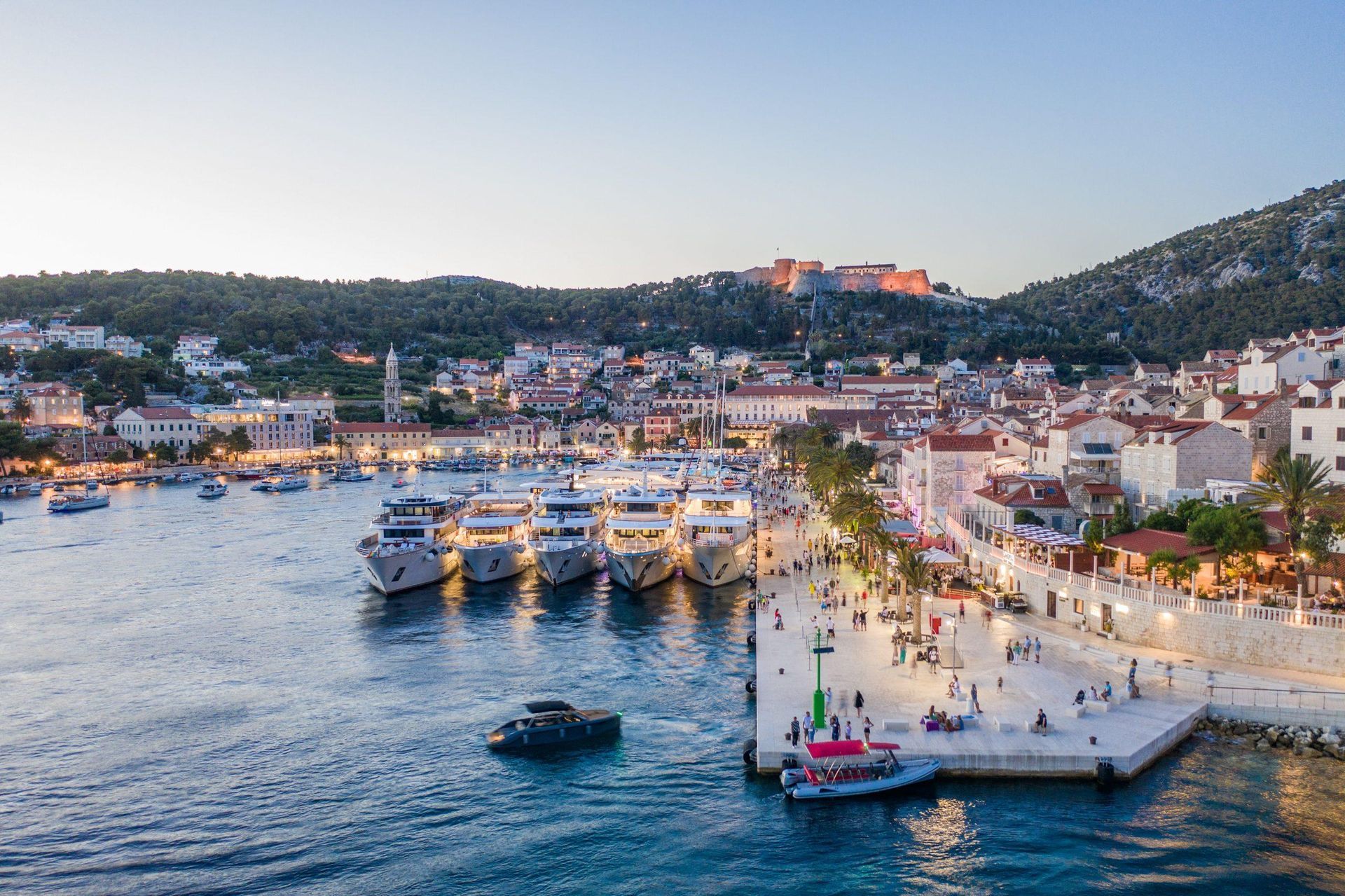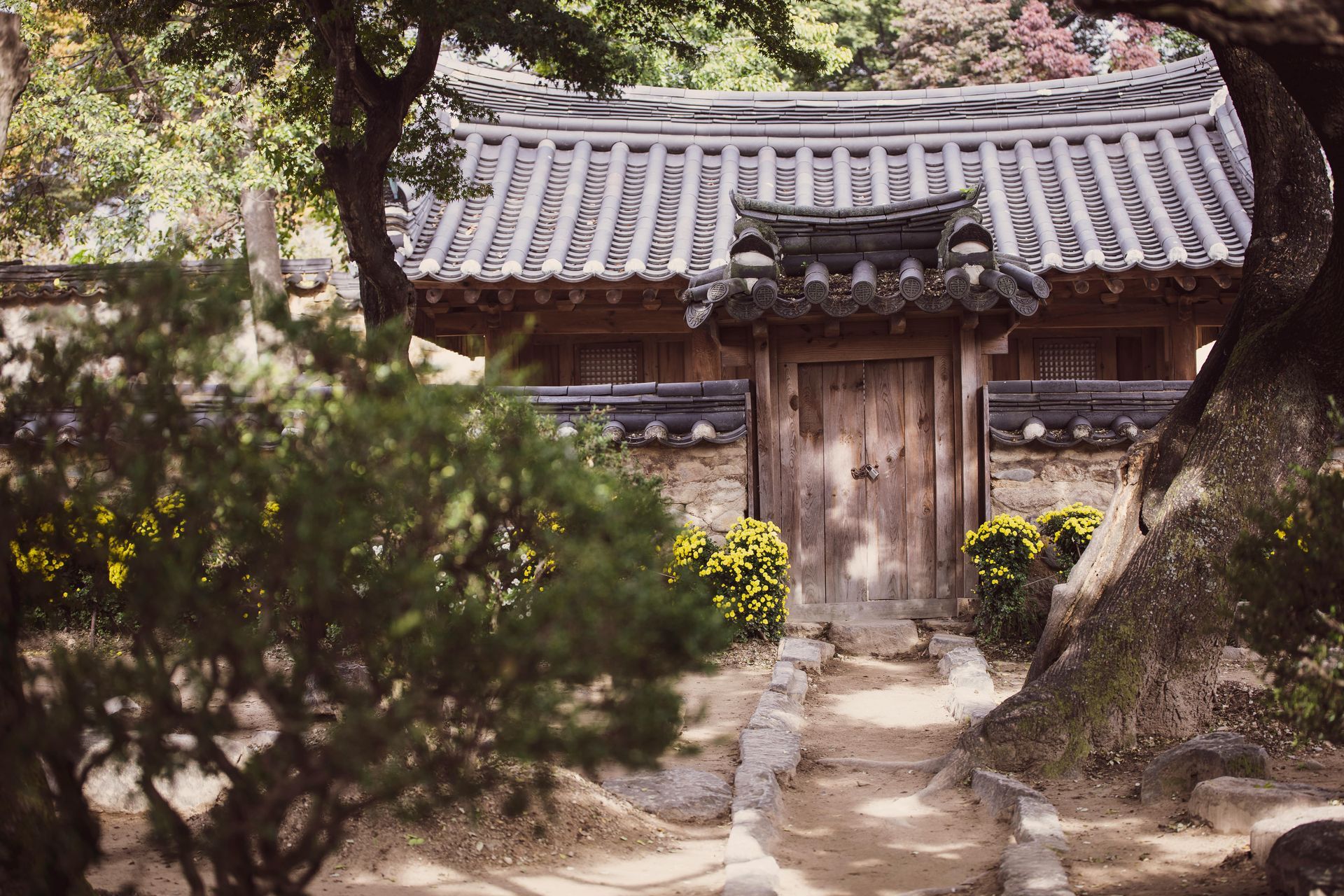The Culinary and Cultural Beauty of Iceland: Beyond the Scenery
Culinary and Cultural beauty of Iceland

The Culinary and Cultural Beauty of Iceland: A Journey Beyond the Scenery
Iceland, the "Land of Fire and Ice," is not only a marvel of natural beauty but also a treasure trove of culinary delights and cultural heritage. With deep Viking roots, an unbroken connection to nature, and a cuisine shaped by its harsh environment, Iceland offers a sensory experience that’s as rich and captivating as its landscapes.
Cultural Treasures of Iceland
A Viking Legacy
Iceland’s culture is deeply intertwined with its Viking past. The Icelandic language remains closely tied to Old Norse, making it one of the oldest living languages. This linguistic heritage has preserved sagas—epic tales of Viking adventures, rivalries, and mythology—that still inspire Icelanders today.
- Þingvellir National Park, a UNESCO World Heritage site, is not only a geological wonder but also the birthplace of Althing, the world’s oldest parliament, established in 930 AD.
- Traditional celebrations like Þorrablót, a winter feast, bring Viking customs to life through food, song, and storytelling.
The Belief in Folklore
Elves, trolls, and hidden folk are not mere myths in Iceland; they’re part of the cultural fabric. These legends influence architecture and road planning, as certain landscapes are preserved to avoid disturbing these supernatural beings. Visitors often find elf rocks and shrines, connecting the modern world with ancient beliefs.
Art and Music
Iceland punches above its weight in the arts:
- Reykjavík’s vibrant art scene includes galleries like the Reykjavik Art Museum and street murals that brighten the city.
- The country’s musical contributions range from traditional folk songs to contemporary stars like Björk and Sigur Rós. Attend a folk festival or visit Harpa Concert Hall to experience this diversity.
The Culinary Delights of Iceland
Icelandic cuisine is a testament to the resourcefulness of its people, shaped by limited ingredients and a strong connection to the sea. Today, it balances traditional dishes with modern innovation, creating a culinary experience worth savoring.
Traditional Icelandic Foods
Seafood
With its abundant coastlines, Iceland is a seafood lover’s paradise.
- Plokkfiskur: A comforting fish stew made from mashed potatoes, haddock, or cod.
- Harðfiskur: Dried fish snacks, often paired with butter, that have fueled Icelanders for centuries.
- Lobster soup: Found in many harborside restaurants, it’s a creamy, flavorful must-try.
Lamb
Icelandic lamb is renowned for its tenderness, owing to the free-range, grass-fed lifestyle of the sheep.
- Lamb soup (Kjötsúpa): A hearty dish perfect for warming up after exploring the chilly outdoors.
- Grilled lamb: A centerpiece at festive gatherings.
Fermented Foods
For the adventurous eater, Iceland offers hákarl, fermented shark, which has a strong aroma and is a legacy of Viking preservation methods. Pair it with a shot of Brennivín, the local schnapps, for a true Icelandic experience.
Modern Icelandic Cuisine
While traditional foods showcase history, modern Icelandic chefs are pioneering a new food movement, blending local ingredients with international flair.
- New Nordic Cuisine: Restaurants like Dill in Reykjavík highlight farm-to-table dishes using wild herbs, foraged berries, and sustainably caught seafood.
- Skyr Cheesecake: A modern twist on the traditional yogurt-like skyr, this dessert is a creamy delight.
- Microbreweries and Coffee Culture: Icelanders love their coffee, and Reykjavík’s cafes are cozy havens. Craft breweries like Ölvisholt Brugghús are also making waves.
Festivals That Celebrate Food and Culture
Þorrablót
Held in the depths of winter, this Viking-inspired festival celebrates Icelandic heritage with traditional dishes like blood pudding and sheep's head jelly, alongside singing and dancing.
Reykjavík Food and Fun Festival
This annual event invites top chefs from around the world to collaborate with local restaurants, creating exclusive menus that highlight Icelandic ingredients.
Iceland Airwaves Festival
A premier music festival in November, it also features food pop-ups and beer tastings, making it a cultural and culinary feast.
Experiencing Icelandic Hospitality
The Icelandic word "gestfriði" means hospitality, and it is a deeply ingrained value. Whether you’re in a Reykjavik café, a countryside guesthouse, or a remote fishing village, you’ll find warmth and generosity. Engage in conversations with locals who are eager to share their culture, or join a home-hosted dinner for an authentic taste of Icelandic life.
Top Tips for Food and Cultural Explorations
- Sample a Hot Dog: Icelandic hot dogs, or pylsur, are legendary. Visit Bæjarins Beztu Pylsur in Reykjavík for one with "everything."
- Visit a Local Market: Stop by Kolaportið Market for unique foods, souvenirs, and a glimpse of daily Icelandic life.
- Attend a Storytelling Event: Sagas and folklore are often shared in intimate settings like libraries or cultural centers.
- Explore Beyond Reykjavík: Experience rural hospitality, farm-to-table dining, and hidden folklore sites.
Why Iceland’s Culture and Cuisine Matter
Iceland’s culinary and cultural identity is a harmonious blend of old and new, shaped by its harsh environment, isolation, and creativity. Every dish, story, and tradition reflect resilience and connection to the natural world, inviting visitors to not just see Iceland but truly experience it.
So, whether you’re savoring a bowl of lamb soup after a glacier hike, learning about trolls from a local guide, or dancing at a Reykjavík festival, Iceland promises a cultural and culinary adventure you’ll never forget.
